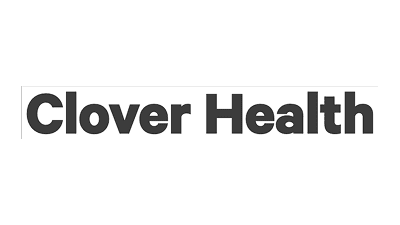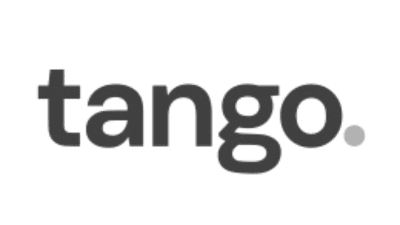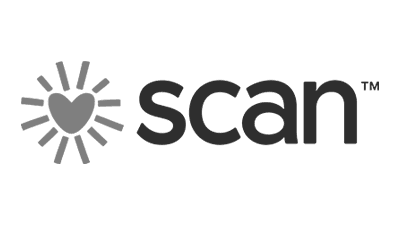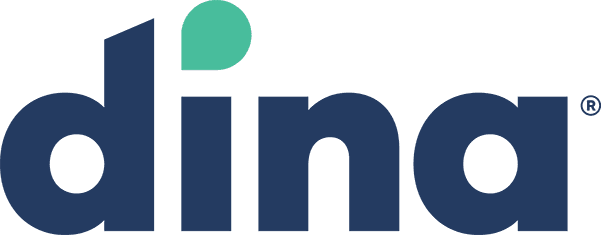%
Faster Start of Care
%
Visit Documents Collected
Minutes to Confirm Availability
Caseload Improvement
How We Help
Provider Identification
Contracting & Credentialing
Service Coordination
Visit Notes Collection
Reconciliation & Payments
Performance Management
Who We Serve
PACE Programs
Special Needs Plans
Medicare Advantage
Modernizing Network Management of In-Home Services
Traditional network management for in-home services is operationally expensive, unresponsive, and ill-adapted to serve the unique needs of care managers, product designers, and the current network management team.
From provider identification to contracting and credentialing, Dina simplifies, organizes, and aligns your approach to in-home service network management with key outcomes and performance milestones. Leveraging Agentic AI, in-home care contracting experts, and Dina’s fulfillment platform, we reduce administrative expenses while significantly streamlining critical access to outcome improving personal care services.
Used By Innovative Health Plans and Providers





Faster Access = Better Outcomes
Mins to Confirm Services
Days to Launch
%
Fewer ER Visits
Administrative ROI
%
Fewer Hospitalizations
Network Partners
Services Coordinated
%
Uptime

Reduce Costly
Healthcare Moments
To reduce costly healthcare moments like readmissions, avoidable hospitalizations, and ED visits, Dina’s contracted network of caregiver agencies and fulfillment platform leads to accelerated starts of care by finding the right provider for the right member.
We pair quality-oriented, SLA-backed networks with closed loop coordination powered by proprietary data sources to ensure members are supported at key moments in their journey.
News & Insights
Learn more about connecting to one of today’s
most important care settings: the home.

Dina Recognized as Finalist for the 2025 Digital Health Awards at HLTH
Chicago, IL, October 6, 2025 — Dina, is thrilled to announce its selection as a finalist for the prestigious 2025 Digital Health Hub Foundation: Digital Health Awards at HLTH. Dina was chosen as a finalist for the Rising Star - Home Health Diagnostic &...
2025 in Review — What California Health Plans Need to Prepare for in 2026 and 2027
As 2025 comes to a close, California health plans are reflecting on a year defined by regulatory changes, budget pressures, and growing demands for better care coordination, integration, and dual-eligibility management. The challenge has been clear: serve more complex...

Dina Appoints Dr. Parie Garg as Independent Board Member to Accelerate Growth in Government-Sponsored Programs
Chicago, IL – May 21, 2025 — Dina, a leading care-at-home technology platform powering the future of home-centered care for government-sponsored health programs, today announced the appointment of Parie Garg, Ph.D., Partner at Oliver Wyman, to its Board of Directors...

Top Takeaways from the RISE SNP Leadership Summit
The recent RISE SNP Leadership Summit in Boston delivered actionable insights for payers, providers, and policymakers that support starting or building Special Needs Plans (SNPs). "SNPs are where policy meets people," said Dina President Sherman Sanchez, who attended...

Medicare SNP Enrollment Beats Expectations
Medicare Special Needs Plan sign-ups exceeded expectations from CMS during the 2025 annual enrollment period, offering a welcome boost to an otherwise slowing Medicare Advantage market. These products are a key to growth for Medicare Advantage, even though the rate of...

Unfulfilled Home Health Referrals Lead to Higher Mortality
Unfulfilled home health referrals lead to higher mortality among Medicare Advantage (MA) members, according to a report published in the American Journal of Managed Care. The report documents 2,115 discharged patients who received home health services and 761...
